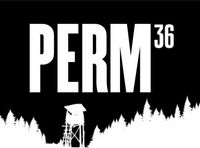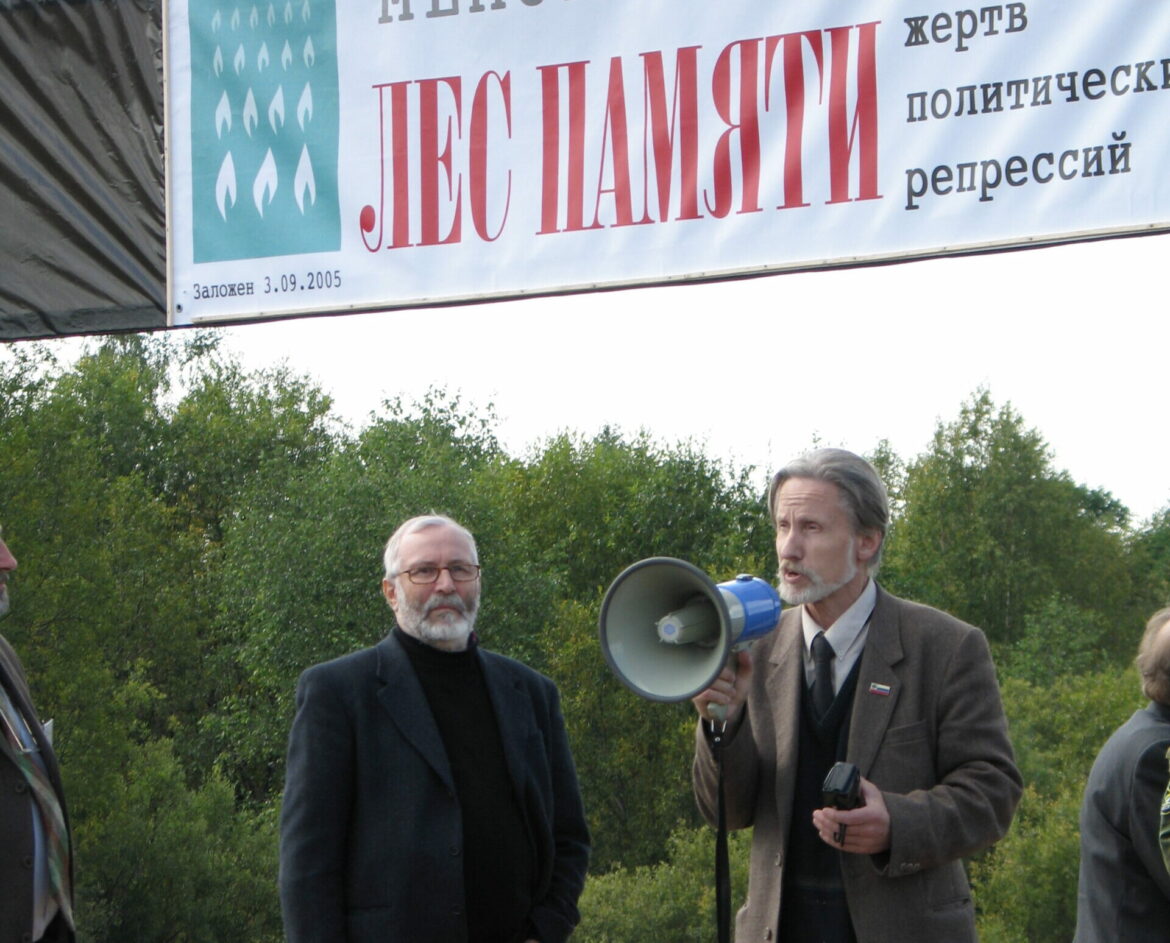The ‘Memorial and the Forest of Memory of Victims of Political Repression’ project
AN uncompleted project of Perm-36 Memorial Center of History of Political repression ANPO
The Memorial of Victims of Political Repression was to be a four-hectare outdoor range map of USSR situated between the high-security division and the maximum-security division of the former Perm-36 camp, including commemorative tokens in the sites of the more than 400 GULAG camps. GULAG camps were technically not individual camp sites, camp divisions, separate camp facilities, and ‘stints’ but agglomerations thereof which often included tens of camp sites which came to be known as camps or correctional facilities in the 1960s through 1980s, as well as political camp sites of the 1960s through 1980s.
The map was to be bordered by shrubbery, the camp sites marked with stones brought from actual camp administration sites and engraved with information including the camp name, the prisoner number, and the number of those who died while imprisoned. The center of the Memorial was to be marked with a bell as a monument of the victims of political repression in USSR near which commemorative rites of the country’s major denominations could be held. One of the project consultants who offered the most interesting and practicable solutions for the commemorative stones and the central monument was Ernst Neizvestny, a sculptor.
The Memorial of Victims of Political Repression was to form the center, with alleys of the Forest of Memory of Victims of Political Repression lined with trees planted to commemorate individual victims of political repression fanning out from it. The Memorial Park was referred to as a ‘Forest’ because of the vast number of victims of political repression who would have been personified by commemorative trees.
A tree could have been planted in the commemorative forest to commemorate anyone whose death resulted from political repression in USSR: who was shot, died in a camp or in exile, gone missing in the Bolshevist bloodbath, irrespectively of the region where the repression occurred, or of there the victim died or was gone missing.
The first alley of the Forest of Memory of Victims of Political Repression, the Alley of Mourning was laid on September 3rd, 2005, on the tenth anniversary of Perm-36 Memorial Museum of History of Political Repression.
The site of the target Memorial of Victims of Political Repression was cleared of forest and willow thickets, and landscaped after the reclamation by participants of Ural-Service labor camps and volunteer camps of the Perm Memorial. This area was to be laid down with lawn grass in 2014 and seeds had already been purchased to that end but the new authorities put an end to this project by taking over the museum during that year. The landscaped site got covered with wild shrub and willows again.

Site “GULAG. History of one camp” is devoted to the history of Perm-36, the last political zone of the Soviet Union, and the Public Museum, which was created on the remains of this zone by a group of enthusiasts.
Nowadays the museum with all its collections, archives, expositions and exhibitions is seized by the officials from the Ministry of Culture of Perm region.
This project is an attempt to create a universal model of a museum, which exists only in the virtual space and enables almost all kinds of activities of a real museum: scientific, educational, expo-exhibition and excursion.
The initiator of the creation of this resource was the International Coalition of Museums of Conscience, created in 1999, one of the founders of which was the Public Museum “Perm 36”.
PUBLICATIONS
© Perm-36, 2023. All rights reserved.

